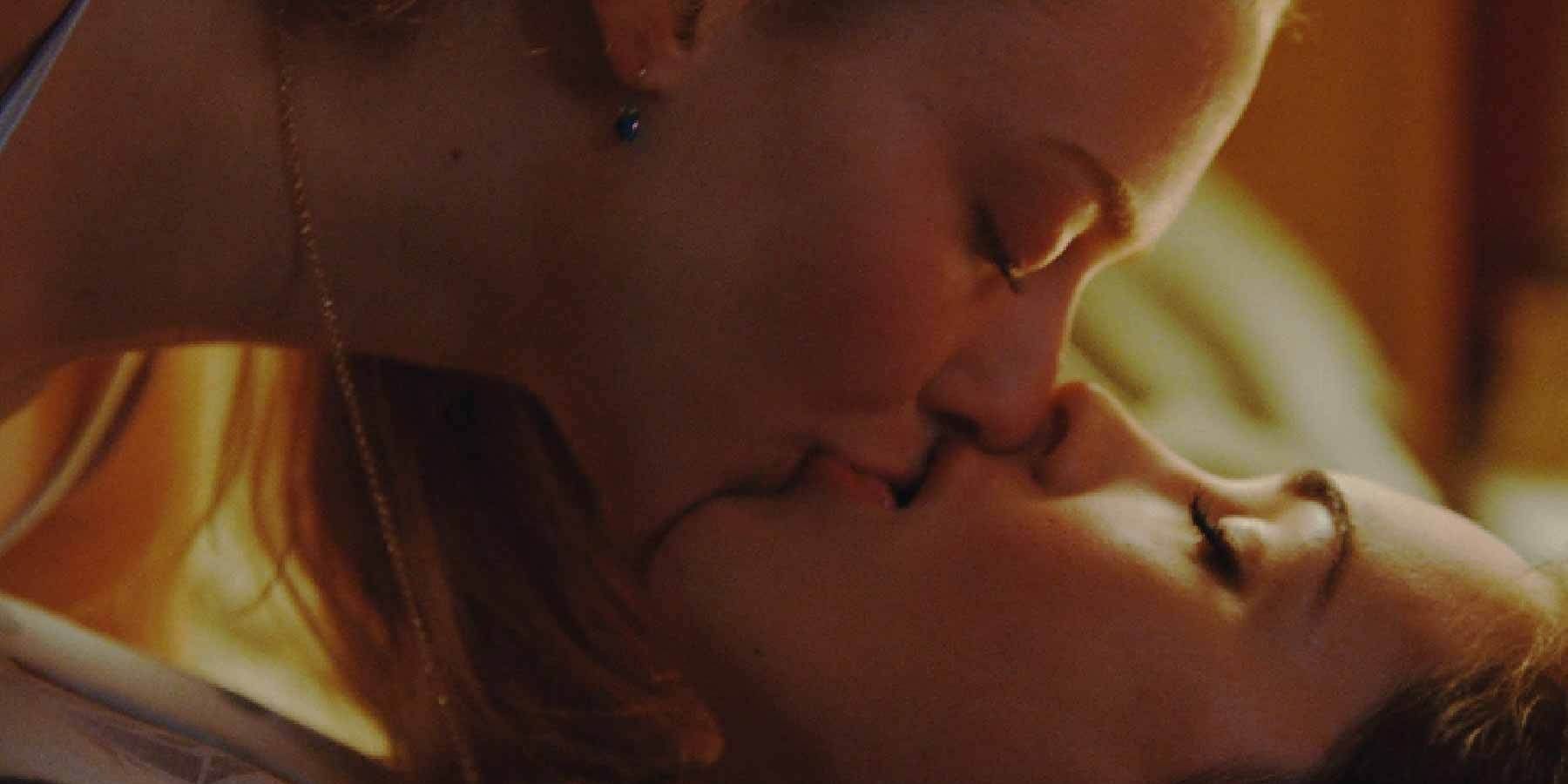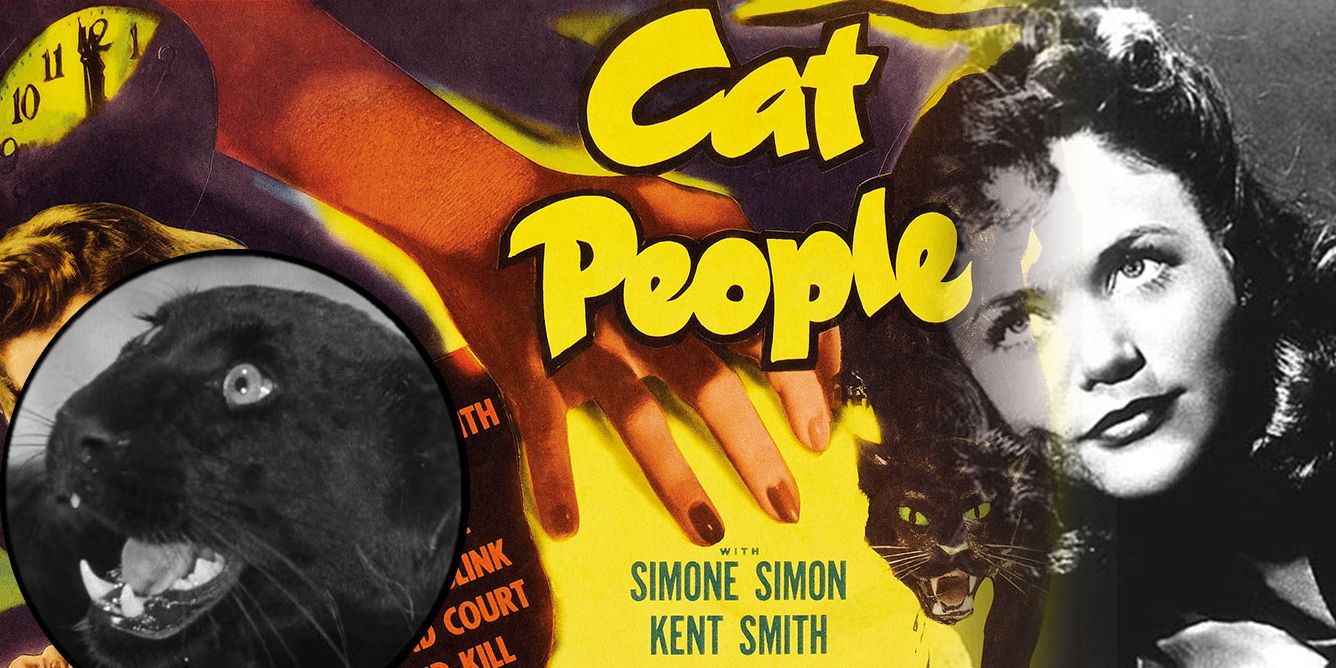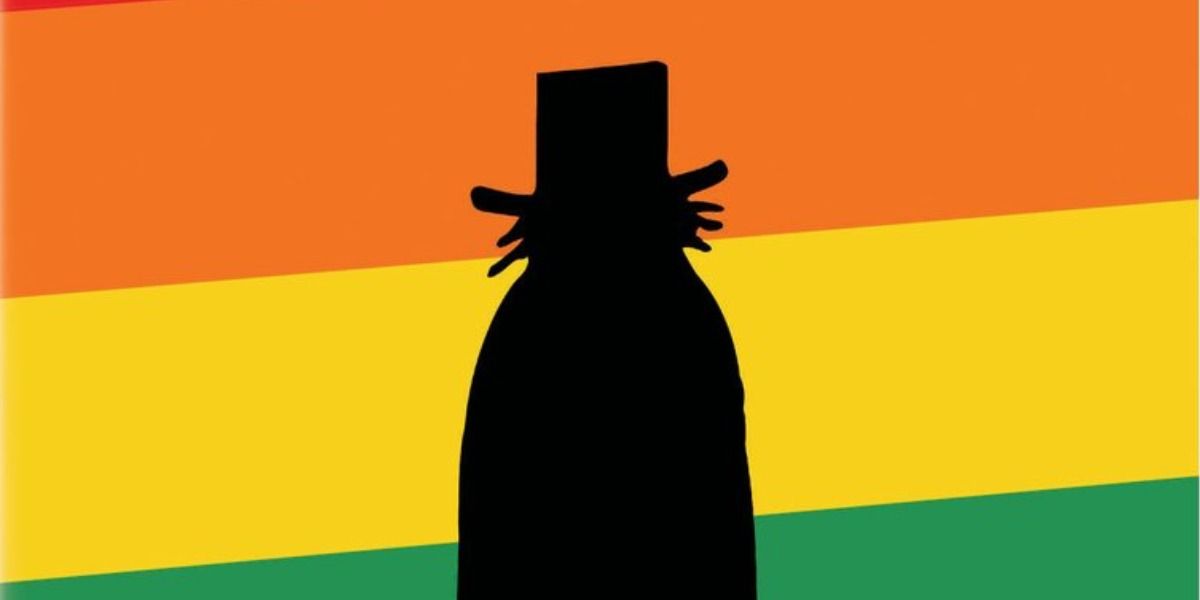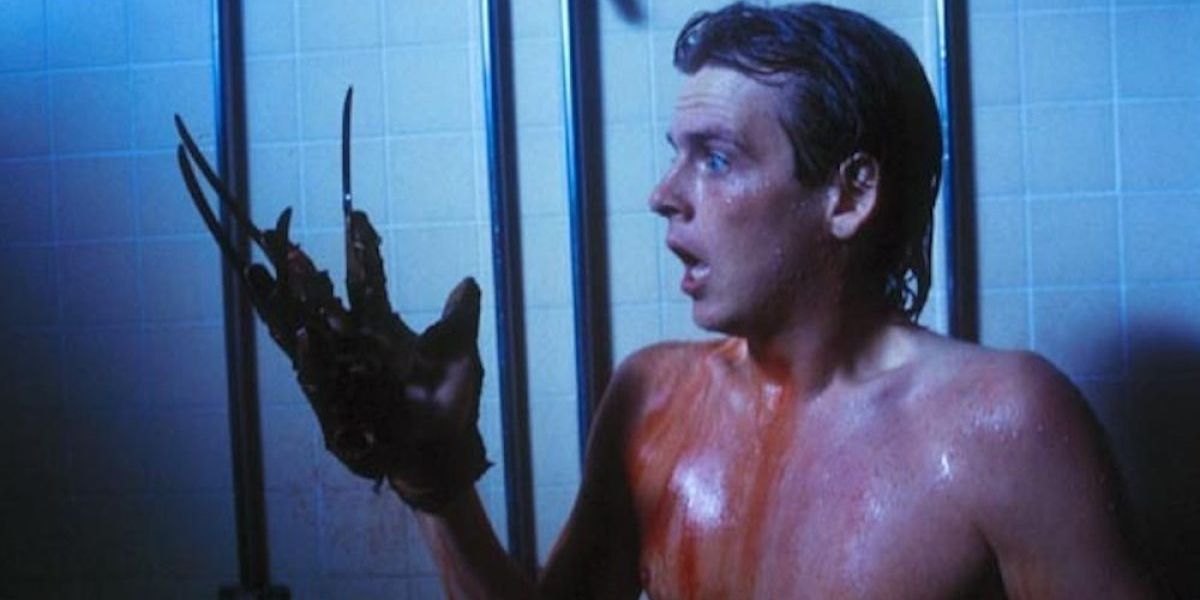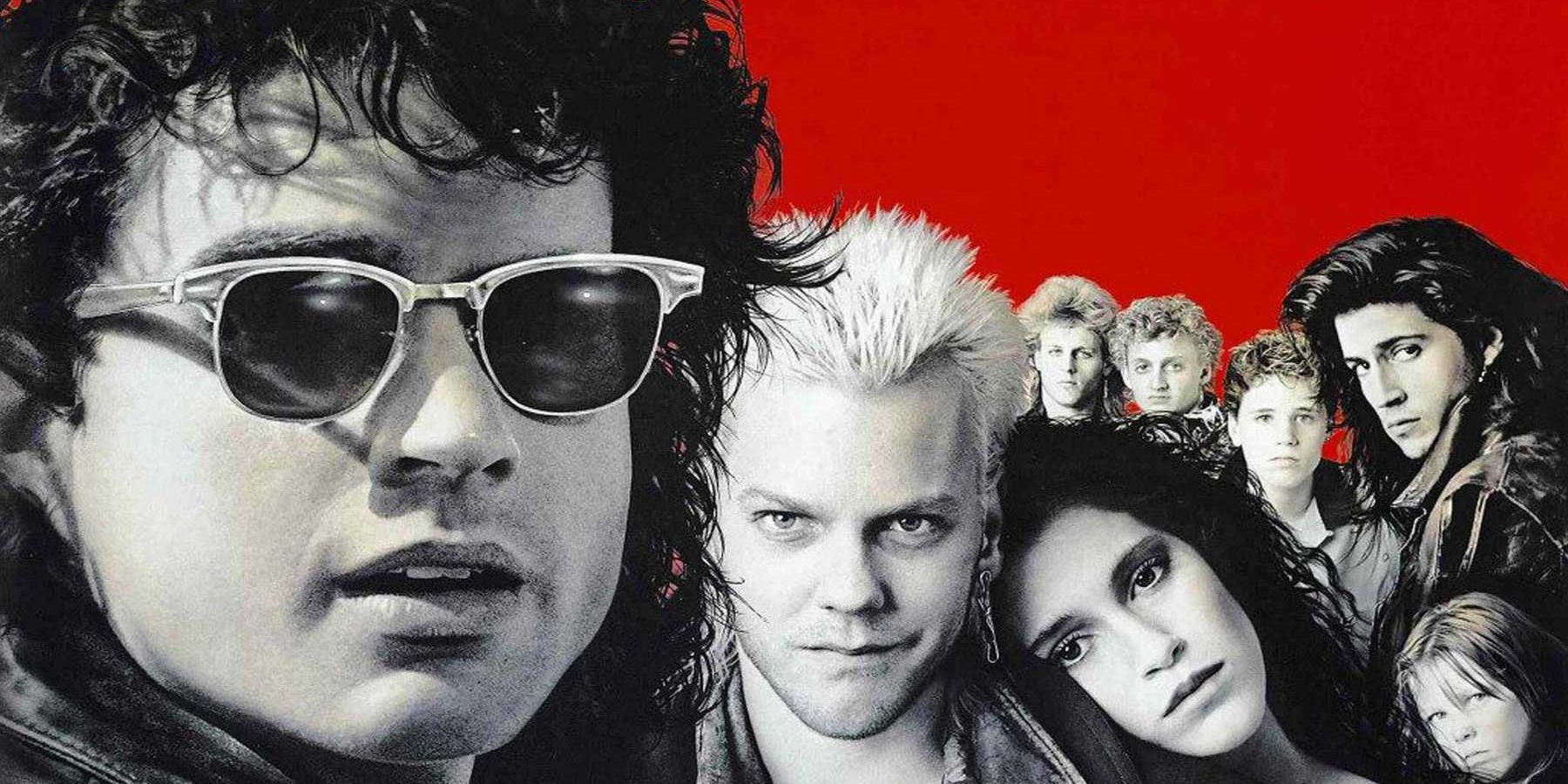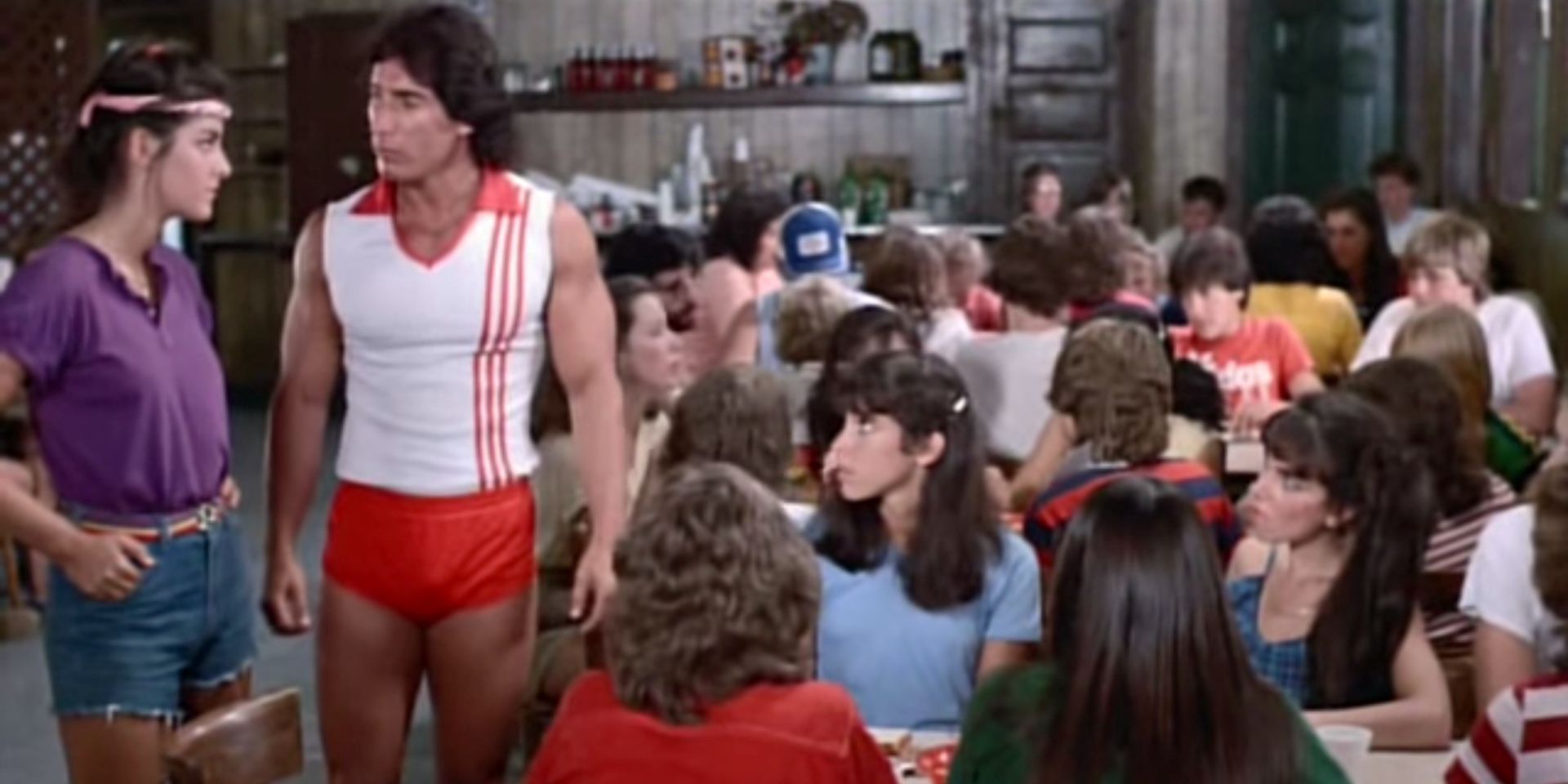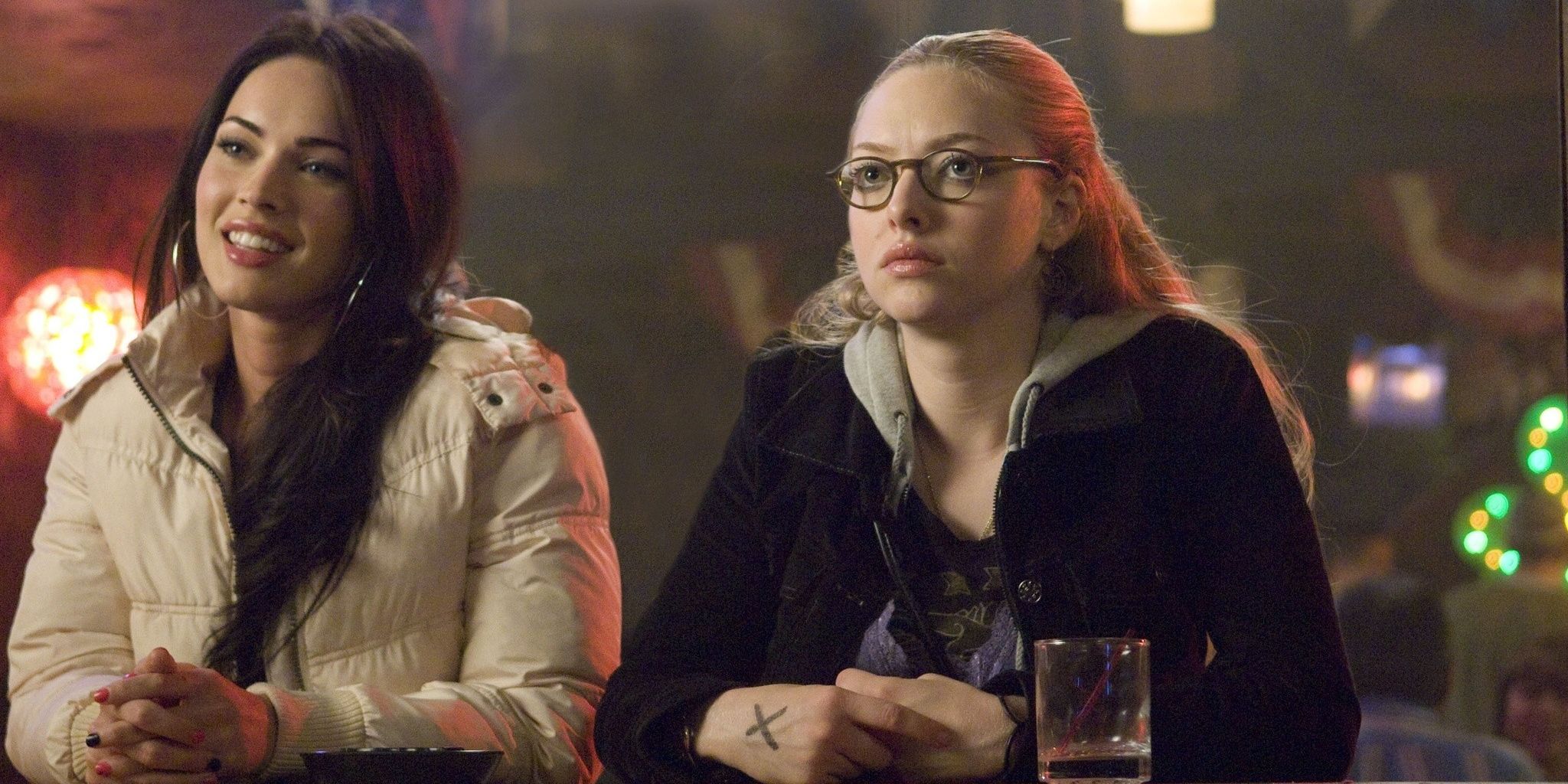These following films are popular at large for a variety of reasons, but they are also a sample of the horror films that are popular within in the LGBTQ community. The genre itself is loved within this community for several reasons, including the fact that the genre allows filmmakers to express repressed emotions, behaviors and ideas. The horror genre thrives on the taboo and unspoken truths of real life, and queerness, for decades, fell into this category given public perception.
In moments where expressing or living a LGBTQ identity is unavailable or impossible, horror can be a safe method of escapism. That being said, the genre's tackling of the issues of repression and hidden desire is far from perfect. As a result, the films on this list have faults, but their flaws can help catapult conversations about LGBTQ issues in a productive way.
Cat People (1942)
Cat People is a classic film about a young woman who is a victim of an ancient curse, which causes her to turn into a panther when her passions are ignited. The film's use of otherness and alienation of the female protagonist, Irena, codes this film as a story about lesbianism and the repressed nature of sexual preferences outside of the social norm. This is especially true when it comes to the expectation of performing heteronormative sex with her new husband, Oliver. Cat People is an early example of horror films being used as a vessel to explore LGBTQ issues.
The Babadook (2014)
The Babadook's rise as an LGBTQ icon came from a moment in time when an online photo circulated showing the film appearing in Netflix's LGBTQ cinema library. Since the error, the LGBTQ community has embraced the Babadook as a "gay icon," and many have analyzed the film through a queer lens. This analysis has drawn similarities between the film and the LGBT experience. The Babadook appears in the film as a horrific symbol of lead character Amelia's depression and anxiety, and the LGBTQ community is often burdened with repressed and self-destructive emotions in a similar fashion . The Babadook as a gay icon started as a meme, but it developed fascinating and illuminating discussions about the LGBTQ experience.
Nightmare on Elm Street 2 (1985)
Nightmare on Elm Street 2: Freddy's Revenge has a long history of being considered the gayest horror film ever made. Mark Patton, who plays the lead character Jesse, being tormented by dream demon Freddy Krueger, was closeted at the time of filming and has since come out as gay. The overtly homo-eroticism of the film was criticized at the time, but it has since become the main selling point for LGBTQ audiences to return to the classic. The overt gay imagery, including Krueger caressing Jesse's lips suggestively and Jesse going to a gay bar, are significant gay culture moments in horror cinema. Add the fact that Jesse plays the traditionally feminine roll of the final survivor, a final boy instead of a final girl, and it becomes obvious why the film is beloved in the LGBTQ community.
The Lost Boys (1987)
Openly gay filmmaker Joel Schumacher directed this ridiculously campy thrill ride about two brothers who move with their single mother to the small beach town of Santa Carla. The small town has a big problem, vampires. Older brother Michael becomes enamored with the vampire coven led by the seductive David, and younger brother Sam hangs an attractive poster of Rob Lowe in his bedroom, both of which are just the start of the overt homosexual undertones and gay coding of the film as a whole. While the main female character, Star, is positioned as David and Michael's love interest, the real sexual tension is between David and Michael. They drink each other's blood in an exchange of bodily fluids, which triggers a change in Michael. The Lost Boys is a staple of gay, horror cinema.
Sleepaway Camp (1983)
Sleepaway Camp is the most problematic film on this list with the reveal that protagonist/serial killer Angela is actually Peter, who was raised by his crazy aunt to be a girl. On the surface, the film falls into the dangerously problematic "transgender people are monsters" subcategory of horror films. After a different, critical approach though, the film can be read as trans-positive. Peter is forced to live as the gender he does not identify with, and it cause him inexplicable mental trauma. If a transperson is forced to live as the gender they do not identify with, they also can suffer serious trauma. If Peter had been allowed to live as his true gender identity, he would not have suffered a mental and emotional break. It is this reason that Sleepaway Camp is a complicated but interesting addition to a discussion about LGBTQ horror cinema.
Jennifer's Body (2009)
Currently undergoing a cult resurgence, Jennifer's Body is an interesting exploration into female friendships, social hierarchies, gender politics and LGBTQ relationships. Best friends Jennifer and Needy have an unhealthy, co-dependent relationship, ripe with sexual tension and homoerotic undertones. The camp factor found in the film helps to cement its popularity within the LGBTQ community, which generally values and celebrates camp and the entertainment value associated with the style. The films feminist and queer themes make it a staple of queer, horror cinema.

